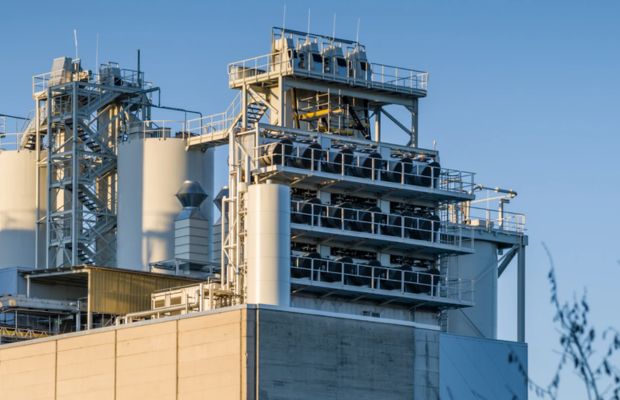Rystad a research-based organization recently released a report highlighting the growth in the Asia Pacific (APAC) region in the carbon capture and storage (CCS) sector.
Asian countries are intensifying their decarbonization efforts, despite challenges for several countries in the region, such as unsuitable geological conditions for carbon capture, utilization, and storage (CCUS). Rystad Energy’s research highlights Australia, Malaysia, and Indonesia as emerging hubs in the APAC region. These technologies are. carbon dioxide (CO2) storage potential in their depleted oil and gas reservoirs and stricter environmental regulations, despite recent improvements and updates in policy. The region attracts a substantial portion of the up to $15 billion in anticipated investment in CCUS across APAC, which is expected over the next decade.
Southeast Asia emerges as a promising contender in the region, offering some of the most cost-effective CO2 storage options across the APAC region. This attractiveness has prompted countries like Japan and South Korea, eager for cross-border solutions, to forge alliances with counterparts such as East Asian companies, as well as Southeast Asian and Australian players. Notable among these are Malaysia’s Petronas, Indonesia’s Pertamina and Australian companies like Santos and Woodside Energy. This growing regional collaboration is fueled by the high population density and constrained domestic infrastructure in certain Asian nations, compelling them to explore storage solutions beyond their borders.
Momentum is already building on policies in Australia, Malaysia, and Indonesia to address regulatory gaps and pave the way for them to become key CO2 storage hubs in the region. The availability of depleted oil and gas fields can create ample storage capacity, infrastructure viability, and supportive regulations, further incentivizing CO2 storage initiatives in these countries.
The region expanded from CCS to CCUS, and last year was a record-breaker in APAC, where it added more new projects than in any previous year. These initiatives accounted for more than half (51%) of the region’s total CO2 capture capacity, surpassing the cumulative capacity of all previous years. The surge in capacity was predominantly driven by announcements from Australia, East Asia and Southeast Asia, propelled by policies and regulations aimed at driving cross-border CCUS across the region.
East Asia spearheaded the CCUS project count, with China, South Korea, and Japan taking the lead. However, the approach to CCUS differs notably between these countries. China prioritizes the development of national projects, leveraging its abundant sub-surface reservoirs for permanent storage or enhanced oil recovery (EOR), both onshore and offshore. In contrast, South Korea and Japan focus on cross-border projects with permanent storage, in addition to their national initiatives.
Synergia Energy’s Cambay CCS hub in India marks a significant development for South Asia. This project aims to capture and store CO2 emissions from nearby combined cycle gas turbine (CCGT) and coal plants in Gujarat’s Cambay field. With a projected capacity of 46 million tonnes per annum (tpa), it has the potential to become the largest hub project in the Asia Pacific region. However, achieving this goal will be challenging due to limited government support for CCS initiatives and a lack of technical expertise to move beyond the research and development (R&D) stage in India.
The collaboration such as the one between Japan and Australia, although limited to 10 projects identified in last year’s analysis, holds significant importance for the region. This is exemplified by agreements forged between Santos and Japanese entities, like JX Nippon Oil & Gas and Eneos, aiming to import up to a substantial 20 million tpa by 2040. Further highlighting Australia’s importance to CO2 storage advancement in the region, Western Australia’s appeal for transnational CCS endeavors is also apparent. Collaborations between Japanese companies and Australian players, such as Woodside Energy and DeepC Store, are exploring the potential capture, storage and transportation of CO2 from Japan for injection and storage off the Western Australian coast.

